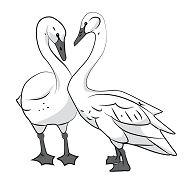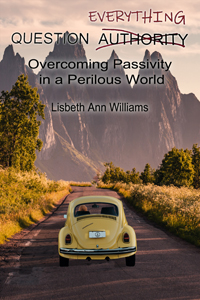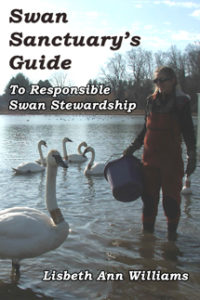I postponed yesterday’s blog until today because I want to make my readers aware that this is not only Groundhogs Day – it has also been designated as World Wetlands Day. Most of us are familiar with Punxsutawney Phil’s annual prediction for the end of winter. Ironically, if measured according to the equal distance between Winter Solstice and Spring Equinox, we still have exactly six weeks of winter remaining, regardless of whether or not Phil sees his shadow. World Wetlands Day is by far of greater importance. While groundhogs are not a wetland species, they often build their burrows along streams and they are good swimmers. The health of our wetlands affects even our beloved Punxsutawney groundhog.
The first World Wetlands Day began in 1971, implemented by the United Nations. In the past half century, we have lost 35% of the world’s wetlands. We are losing them three times faster than we are losing our old growth forests. Restoring wetlands is vital for the health of all the planet’s ecosystems. Wetlands help to improve water quality by slowing down the movement of water and allowing it to penetrate the soil slowly, which then helps to replenish the underground aquifers. They help to prevent heavy rains from washing away valuable topsoil and the nutrients contained in it. Since they store water, water then becomes available for plants and trees during dry spells. Wetlands act like the Earth’s sponges. They soak up and prevent excess water from being lost. They stop erosion, which also prevents soils from becoming depleted. They sequester between 20% and 30% of the carbon that is in our air and they add organic matter to the soil.
Wetlands are essential for the complex relationships between millions of microbes, plants, insects, amphibians, reptiles, birds, fish, and mammals. They are a giant food web providing for not only the resident wildlife; but also for the many migrating species that use them for breeding, like waterfowl and wading birds. Beavers and alligators are important keystone species to wetlands, as are newts, and freshwater crayfish. Muskrats, mink, shrimp, oysters, many fish species, clams, blue crab, Dungeness crab, wood ducks, otter, Peregrine falcon, otters, and black bears all depend to some degree on wetland habitat. In fact, one third of all the species in the United States are wetland species!
There are things that we can individually do, to help protect our wetlands. We can be mindful about the water that we use – especially the waste that results from watering lawns. If we live in an arid climate, we can replace grass with drought tolerant ground covers and plant native plants that require less water. We can add a rain garden if we live in an area that gets a lot of rain, which will mimic what a wetland does. We can refuse to use toxic products that end up in our rivers, and eventually our oceans. We can modify our diet to one that carries less of an environmental impact. Whether or not you live near a wetland, you can remind your friends that today is World Wetlands Day. Help to raise awareness about why our planet depends on them.
2 FEBRUARY 2023 WORLD WETLANDS DAY
This entry was posted in JANUARY 2023. Bookmark the permalink.



